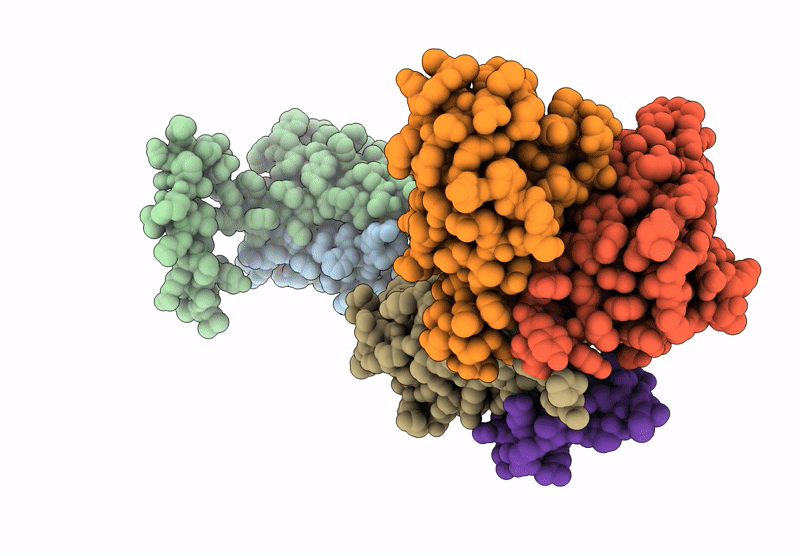
Deposition Date
2024-12-24
Release Date
2025-03-05
Last Version Date
2025-05-21
Entry Detail
PDB ID:
9MNW
Title:
Cryo-EM structure of human MPC in complex with GW604714
Biological Source:
Source Organism:
Homo sapiens (Taxon ID: 9606)
Mus musculus (Taxon ID: 10090)
synthetic construct (Taxon ID: 32630)
Escherichia coli (Taxon ID: 562)
Mus musculus (Taxon ID: 10090)
synthetic construct (Taxon ID: 32630)
Escherichia coli (Taxon ID: 562)
Host Organism:
Method Details:
Experimental Method:
Resolution:
3.35 Å
Aggregation State:
PARTICLE
Reconstruction Method:
SINGLE PARTICLE


